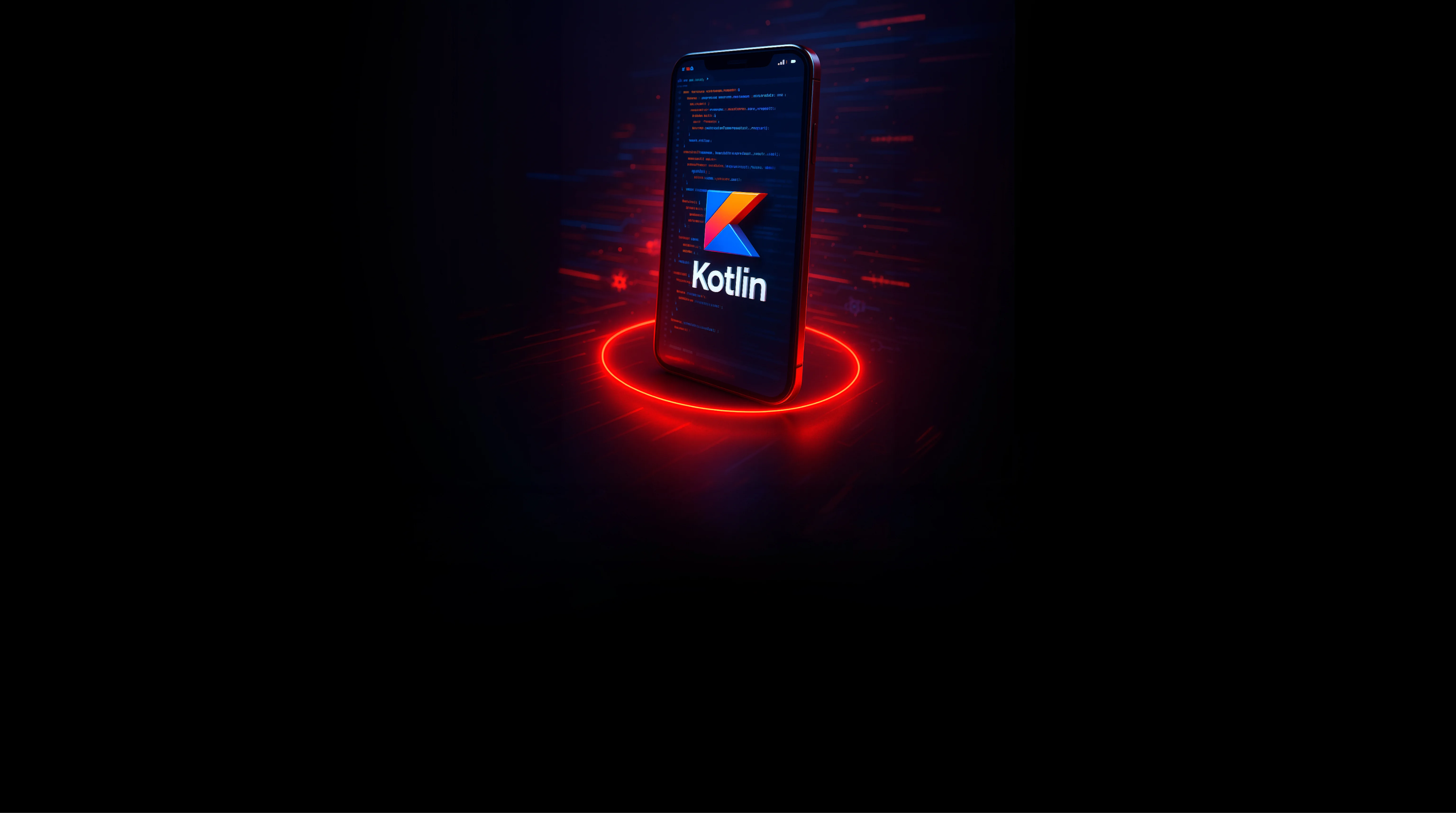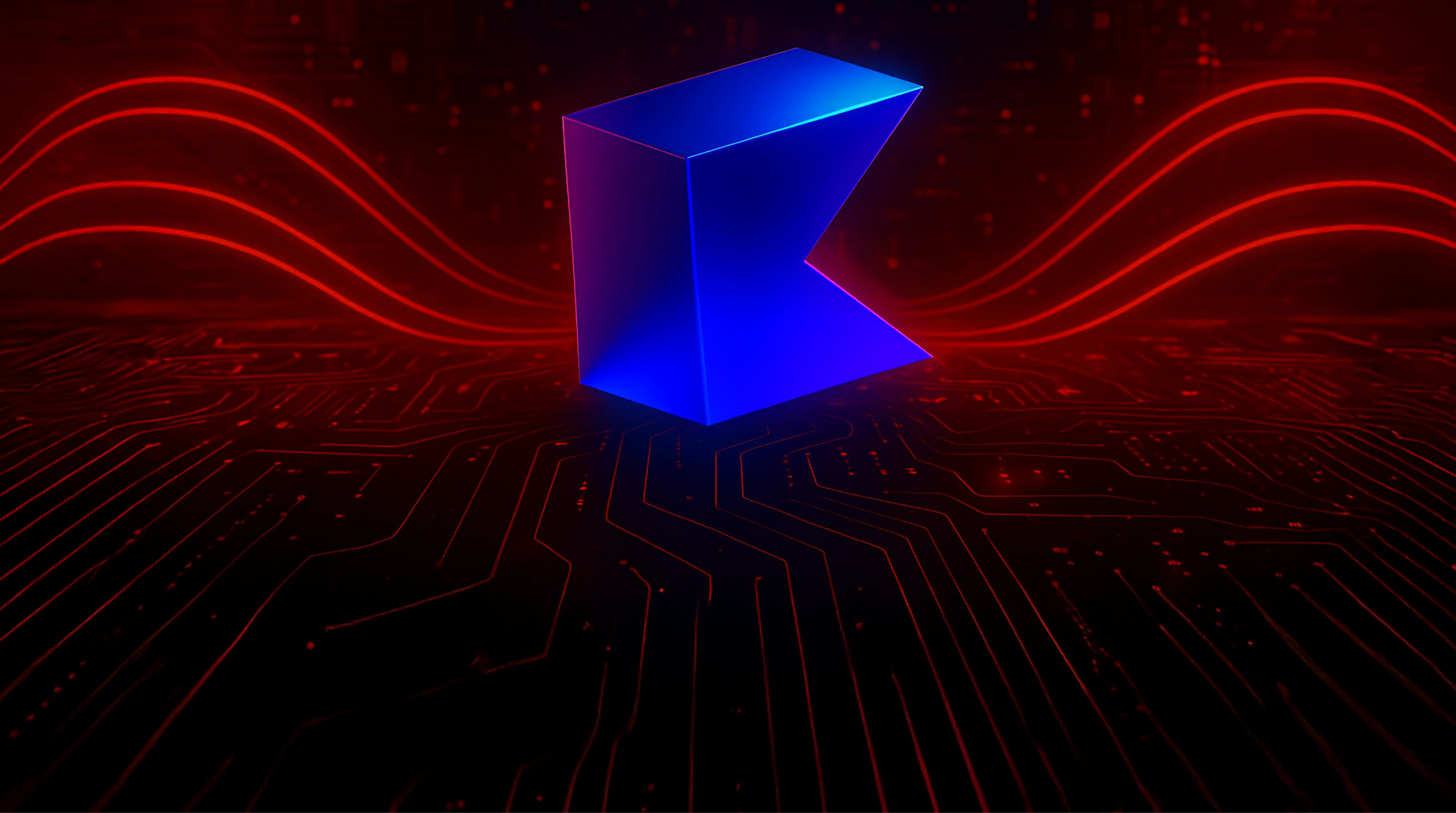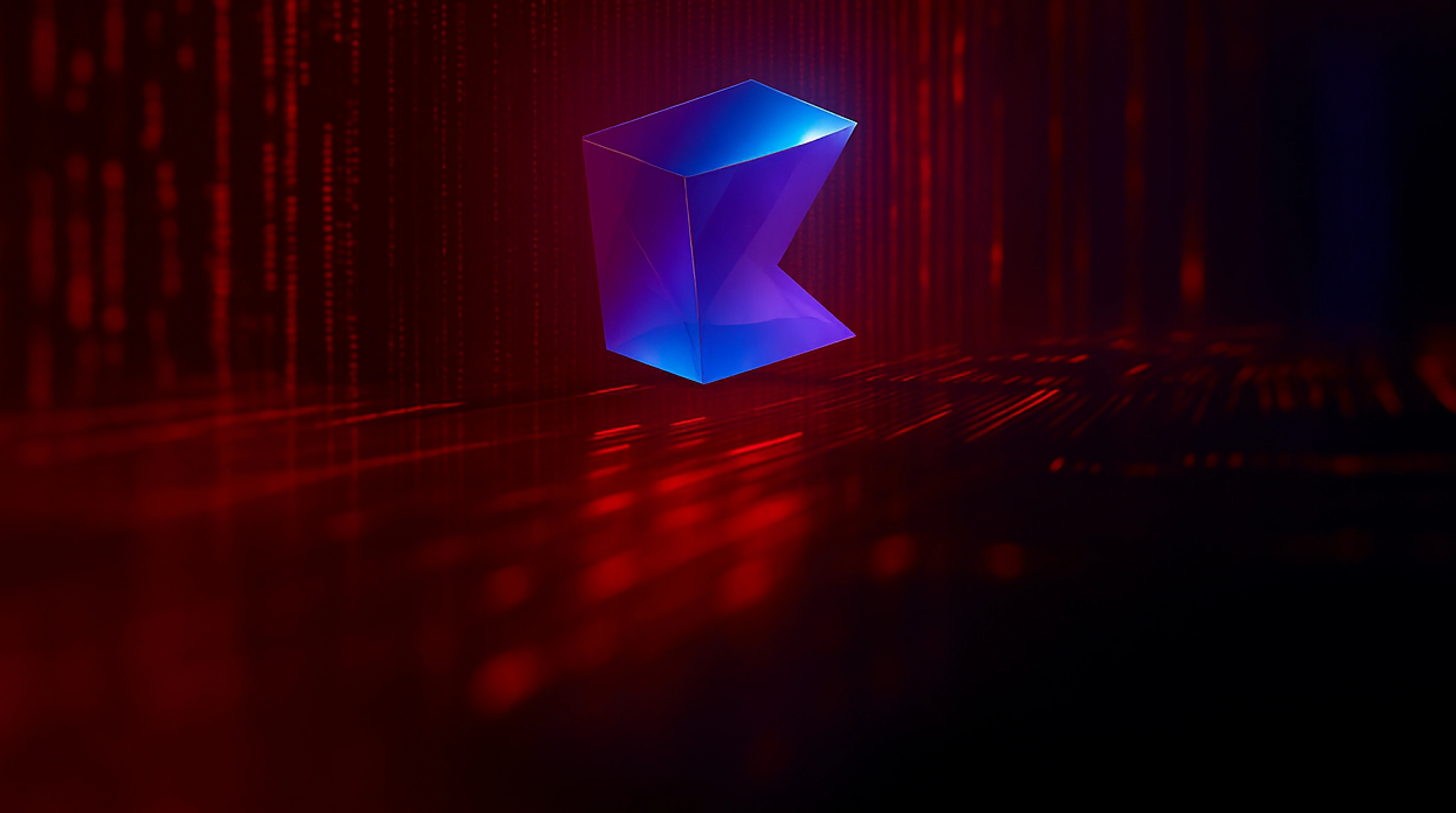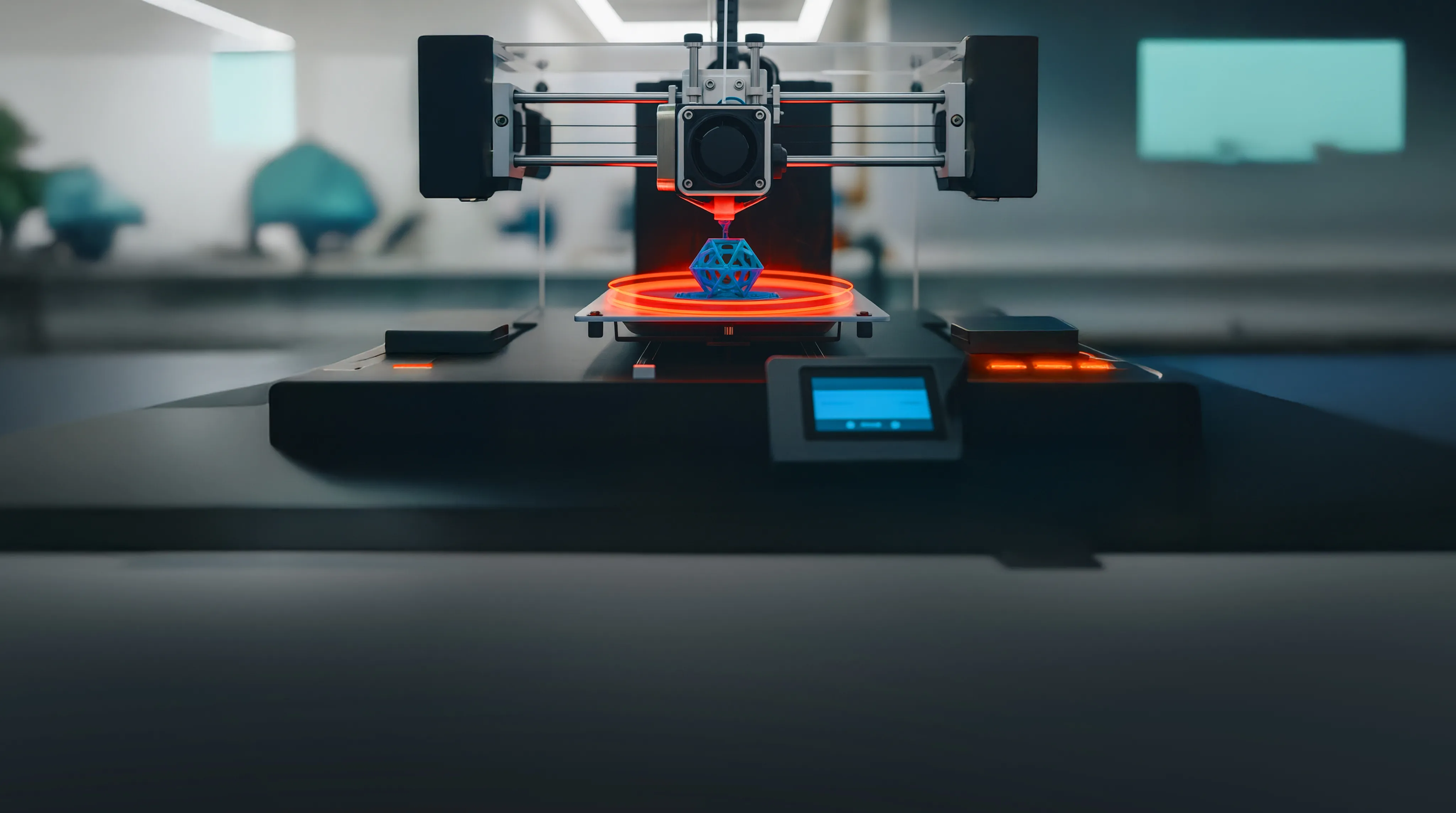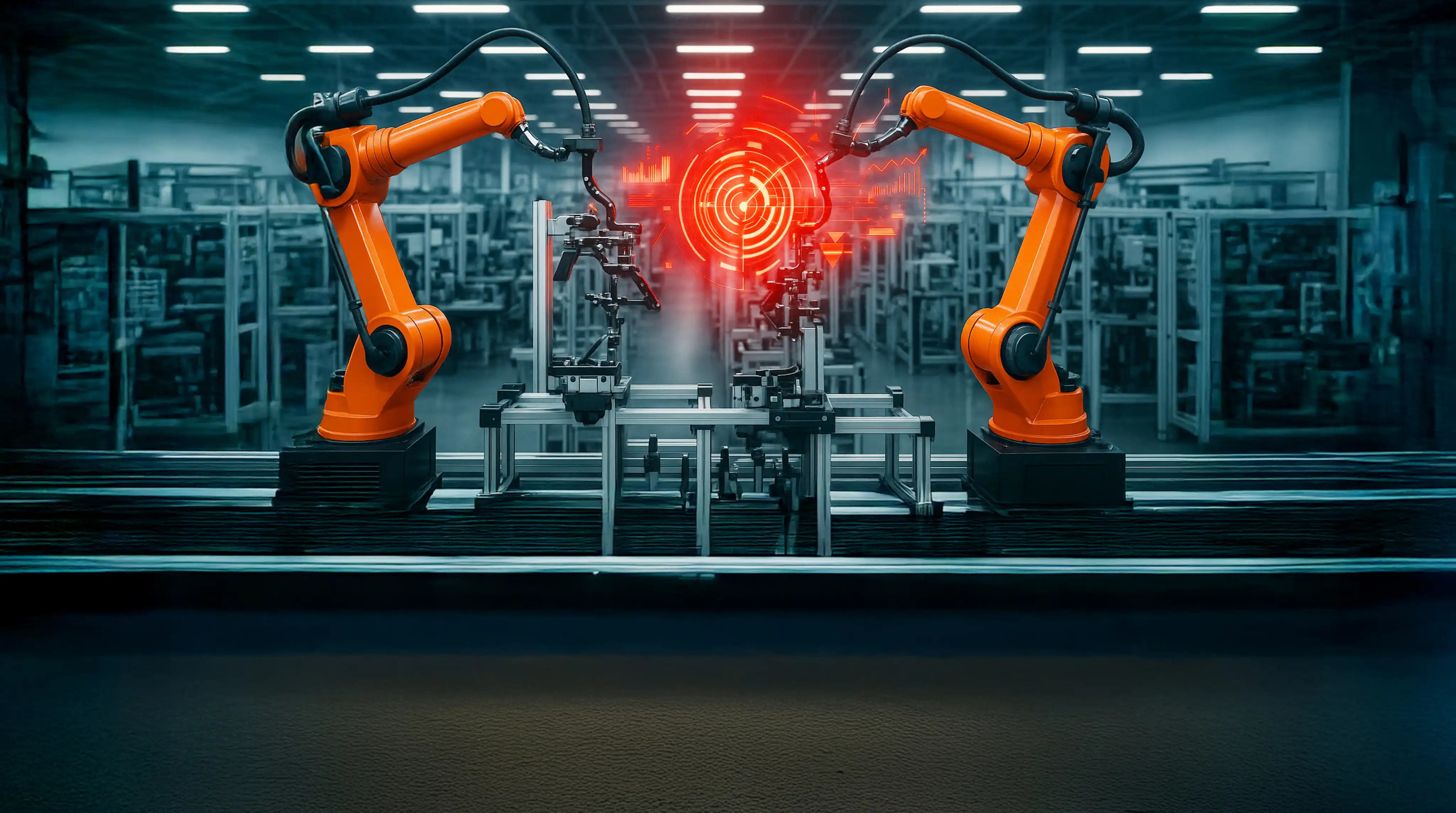Re-imagining Manufacturing with IoT
March 3, 2021
Decades ago, the idea of embedding sensors and chips into physical objects would sound insane and impossible. Today, Internet of Things has drastically transformed most aspects of our everyday life such as driving, cooking, purchasing, etc. The number of IoT units in different industries is projected to amount to 30.9 billion units worldwide by 2025.
The manufacturing industry is also seeing a rapid rise in the deploying of IoT. Many plants have already incorporated connected control systems for their operation and supervision. The primary benefits of IoT solutions include:
- Helping to detect and avoid issues that may cause delays.
- Increasing production quality of an industrial unit and reap benefits from raw stuff, and manufactured components using cognitive operations.
- Enabling the managers for better allocating resources, improving worker skillfulness and making the work environment safe.
Currently, IoT is popularly harnessed to help deal with facility and asset management, security and operations, logistics, customer servicing, etc., making it a highly promising trend in the manufacturing sector.
Here are some of the best IoT use cases in manufacturing —
1. Predictive Repairing
- By connecting IoT-driven gadgets with different sensor points (temperatures, vibration, voltages, currents, etc.) to other devices, IFTTT, cloud/API or legacy systems manufacturers can obtain essential maintenance data. This kind of information allows them to estimate the current condition of machinery, determine warning signs, transmit alerts, and activate corresponding repair processes.
- This transforms maintenance into a fast-paced and automated practice, which foresees a failure well in advance. Moreover, this kind of predictive repairing saves cost exponentially compared to the traditional preventive measures since the actions are taken exactly when they are necessary.
- By getting valid data on time, managers can detect issues and plan maintenance operations. This helps in prolonging equipment lifetime, contributing to plant safety, and lowering the risks of accidents that affect the environment negatively.
2. Remote Production Control
- Reallocating your company’s computational resources to a custom cloud or connecting the device to one of the popular BaaS (backend as a service) or PaaS (platform as a service) cloud computing models, you can collect and analyze large-scale data sets necessary for supervising various field devices like switches, valves, and other indication elements.
- Thanks to IoT, this data can be transmitted to the industrial automation system which then ensures an overall control of machinery amidst the production process.
- Telecommunications, oil and gas industries, as well as power generation, have all been already reaping the benefits from IoT devices implanted into distant control systems.
- The most prominent feature of remote production control in the industrial automation system is the centralized supervision over the machinery in the process of production. Information obtained through distant control provides a much clearer and faster insight into the actual production field.
- This assists in analyzing the enterprise data, making IoT technology a core instrument in ensuring safe automated production, workforce monitoring, and personnel location tracking.
3. Asset Tracking
- IoT technology combined with the development of native web and mobile apps for iOS or Android makes it possible to obtain real-time asset information and make reasonable decisions.
- In tracking, the primary task is to discover and oversee the crucial assets such as the components of the supply chain — raw materials, containers, and finished goods. IoT integrated asset tracking apps can drastically help to optimize logistics, maintain stocks of work in progress, and disclose thefts and violations.
- IoT-based asset tracking also helps the producers to calculate the usage of movable equipment elements and initiate measures to shorten the idle period and enhance utilization.
4. Logistics Management
- Enterprises that depend greatly on transportation can also benefit from IoT-led interconnection between various devices and systems.
- IoT can be employed to reveal supply chain inefficiencies by eliminating blind spots from logistics processes. Managing the automotive fleet via IoT-driven devices (autonomous fleet solutions) helps manufacturers eliminate or put down the risks concerning the costs related to vehicles, staff and transportation — contributing to the greater efficiency of the company.
- Logistics managers can make good use of IoT when it comes to repairs and fuel expenditures by optimally monitoring fuel costs, smart deliveries, diagnostics, and drivers.
- Additionally, a real-time overlook of driver and vehicle performance aids in raising technicians’ safety, bringing down inventory damage and reducing insurance payments.
5. Digital Twins
- Digital Twins is an IoT approach that lets businesses create and enjoy robust digital copies of the physical objects manufactured by a company.
- When empowered with IoT, a POC (proof of concept), an MVP (minimum viable product) or a look-and-feel prototype can be turned into an accurate digital copy. This can then be used to easily experiment on and foresee their functionality as well as initial and final operational capabilities.
- This kind of IoT application can create a simulation of machines’ lifespans — which can be helpful in checking updates and predicting potential issues and bottlenecks.
- With IoT instruments, producers can get a replica of equipment or goods that can be monitored in a virtual environment before releasing them in the market.
- Finally, it helps to improve product quality, create efficient supply and delivery chains, open new opportunities for businesses, and propel customer service to new heights.
Implementing IoT solutions into your manufacturing plant or your commercial business process need not be a monumental hassle. With experts backed by credible hands-on field-experience, our team is highly equipped to provide custom, robust, end-to-end IoT solutions designed to empower and give your business an edge over your competition.
Source: https://www.byteant.com/blog/5-best-use-cases-of-iot-in-manufacturing/









